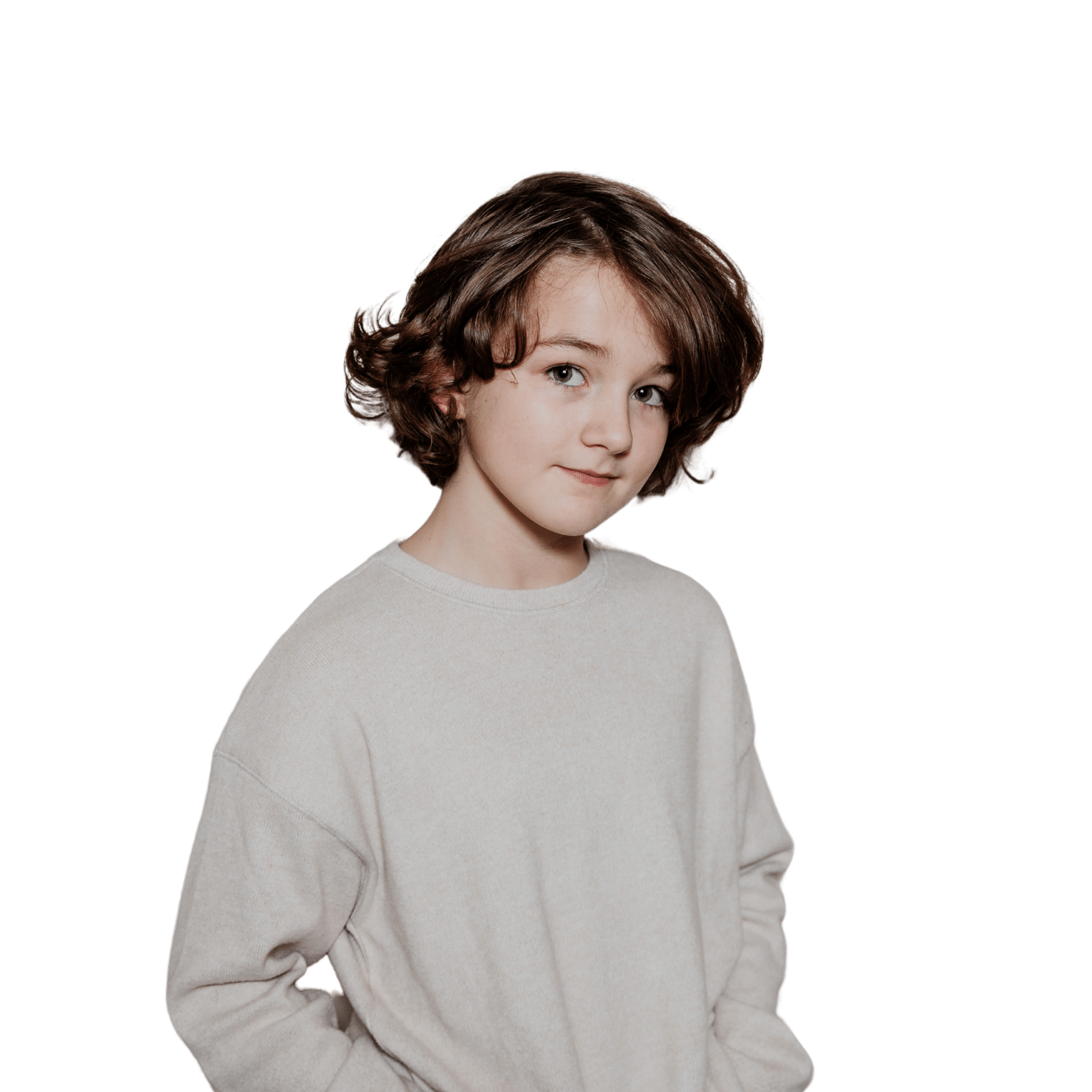
ABOUT CONCUSSION, HEAD INJURY AND TBI’S
At Optiminds, we specialise in using Quantitative EEG (QEEG) and neurofeedback to help individuals who are experiencing symptoms related to concussions, head injuries, or traumatic brain injuries (TBI). These types of injuries can cause long-lasting effects that may significantly impact daily life, and neurofeedback training provides a safe, non-invasive approach to support the brain in recovering from these symptoms.
Symptoms of Concussion and Brain Injuries in Adults and Children
The symptoms of concussions and other brain injuries can vary widely depending on the severity of the injury and the individual affected.
In adults, common symptoms include:
Persistent headaches or migraines
Dizziness or problems with balance
Difficulty concentrating and memory problems
Sensitivity to light and noise
Fatigue and disrupted sleep patterns
Irritability, mood swings, and anxiety
In children, the symptoms may be more subtle but can include:
Difficulty paying attention or performing at school
Increased irritability or emotional instability
Changes in sleep patterns
Sensitivity to sensory inputs, such as lights or loud sounds
Clumsiness or difficulty maintaining balance
These symptoms can persist for weeks, months, or even years after the injury, and for some, they become chronic, affecting quality of life.
If you or a loved one are seeking support for concussion, help for concussion is available through alternative treatments like QEEG brain mapping and Neurofeedback, which offer non-invasive and medication-free approaches.
qeeg brain mapping for concussion
QEEG brain mapping is a powerful tool that allows us to observe brainwave patterns and assess how different areas of the brain are functioning post-injury. In individuals with a history of concussion or traumatic brain injury (TBI), QEEG may reveal specific patterns:
Increased Theta Activity: Elevated theta waves, especially in frontal and temporal regions, can indicate cognitive impairments, such as attention and memory issues
Decreased Alpha Activity: A reduction in alpha waves often correlates with anxiety and difficulties in emotional regulation
Frontal Lobe Dysregulation: Changes in frontal lobe activity may reflect impairments in attention and impulse control, characterised by increased slow wave and decreased fast wave activity
By identifying irregularities in brainwave activity, we can better understand how the injury may be contributing to the symptoms you are experiencing.
HOW NEUROFEEDBACK CAN HELP symptoms of concussion
Neurofeedback training helps the brain to self-regulate by encouraging healthier brainwave patterns. Research has shown that neurofeedback can lead to improvements in:
Cognitive function: Neurofeedback can enhance focus, memory, and problem-solving abilities, which may have been affected by the injury.
Emotional stability: Clients often report feeling calmer and more emotionally balanced, with a reduction in symptoms of anxiety, depression, and irritability.
Sleep quality: Improved brainwave regulation can help restore healthy sleep patterns, reducing fatigue and increasing energy levels.
Sensory processing: Many individuals experience reduced sensitivity to light and sound after neurofeedback training.
A growing body of research supports the effectiveness of neurofeedback in managing the symptoms associated with concussions and TBIs. A study published in the Journal of Neurotherapy found that individuals with mild traumatic brain injuries who received neurofeedback training showed improvements in attention, memory, and mood. Another study highlighted in Neurorehabilitation and Neural Repair demonstrated that neurofeedback helped patients with TBI experience enhanced cognitive function, including better immediate and delayed recall. Research from Frontiers in Human Neuroscience also supports the use of neurofeedback for TBI symptoms, showing benefits in cognitive performance, emotional regulation, and quality of life.
WHAT DOES THE RESEARCH SAY?
WANT TO FIND OUT MORE?
-
If you or your child is struggling with ADHD symptoms, QEEG brain mapping and neurofeedback at Optiminds, Manchester can provide a personalised, non-invasive, and medication-free option. Schedule a free telephone consultation today to learn more about how QEEG brain mapping and neurofeedback can help improve your symptoms of ADHD.
-
Neurofeedback is a non-invasive, medication-free therapy that uses real-time monitoring of brain activity to train the brain to function more efficiently. During a neurofeedback session, sensors are placed on the scalp to measure brainwaves. Individuals engage in activities (like playing a game or watching a video) that give feedback based on their brain's activity. When the brain produces optimal brainwave patterns, the activity continues smoothly, rewarding the brain and promoting lasting changes in brain function.
-
A QEEG is a brain mapping tool that measures electrical activity in different parts of the brain, identifying areas where brainwave patterns are dysregulated.

IMPORTANT TO NOTE
At Optiminds, we do not diagnose or treat any medical or psychological conditions. Our services, including neurofeedback, are designed to support individuals by addressing specific symptoms related to attention, focus, mood, stress, sleep, and overall cognitive function. While neurofeedback has been shown to benefit many individuals with various challenges, our work focuses on improving wellness and self-regulation rather than providing medical or psychological treatment.
We encourage all clients to consult with a licensed healthcare provider for any diagnosis or treatment of medical or psychological conditions. Neurofeedback is intended to complement—not replace—any existing care plans or therapies under the guidance of your healthcare team.







